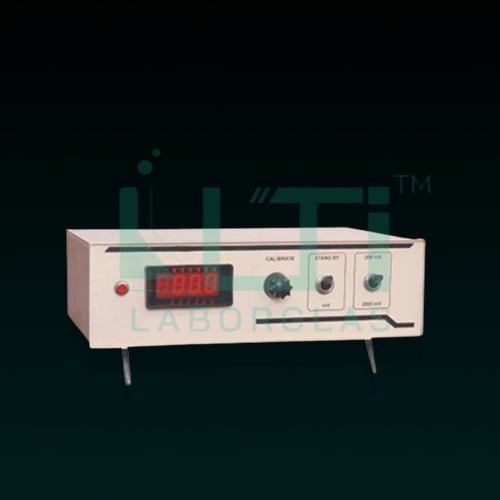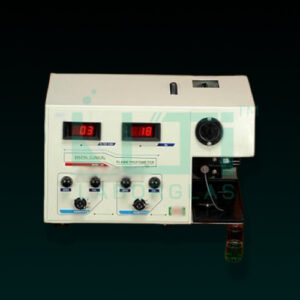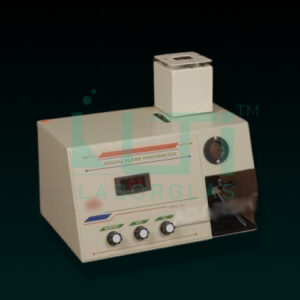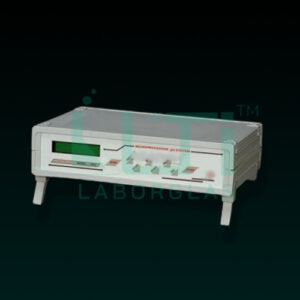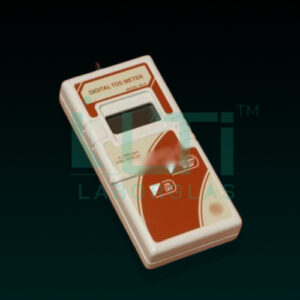TECHNICAL SPECIFICATIONS:
- RANGE 0 to + 199.9mV, 0 to + 1999mV
- RESOLUTION 0.1mV
- REPEATABILITY + I mV
- ACCURACY + I mV + I Digit
- INPUT IMPEDANCE > 10¹²OHMS
- OPERATING TEMP. 10ºC to 45ºC
- DISPLAY 3½ Digit 0.5” 7 segment LED display with auto polarity Indication
- POWER 230V + 10% AC, 50Hz.
- DIMENSIONS 275 x190x78mm
- WEIGHT 2.5Kg. (Approx.)
A digital potentiometer, also known as a digital variable resistor or digipot, serves various purposes in short form:
- Electronic Circuit Calibration:
- Adjust and calibrate electronic circuits to achieve desired voltage levels or signal characteristics.
- Volume Control in Audio Systems:
- Regulate volume levels in audio devices such as amplifiers and speakers digitally.
- Automated Test Equipment (ATE):
- Use in ATE systems for automated and precise adjustment of circuit parameters.
- Sensor Signal Conditioning:
- Fine-tune sensor signals in applications like temperature or light sensors for accurate readings.
- Motor Speed Control:
- Digitally control the speed of motors in applications like robotics and automation.
- Feedback Circuit Adjustment:
- Optimize feedback loops in control systems by adjusting resistances digitally.
- Analog-to-Digital Converter (ADC) Offset Adjustment:
- Compensate for offsets in ADC readings by adjusting reference voltages digitally.
- Power Supply Voltage Regulation:
- Stabilize and regulate voltage levels in power supplies with digital precision.
- LCD Brightness Control:
- Adjust the brightness of liquid crystal displays (LCDs) in electronic devices.
- Microcontroller Interface:
- Interface with microcontrollers for digital control and programmable settings.
- Resistance Simulation:
- Simulate variable resistances for testing and prototyping electronic circuits.
- Educational and Training Purposes:
- Provide a hands-on learning tool for teaching about digital control in electronics.

